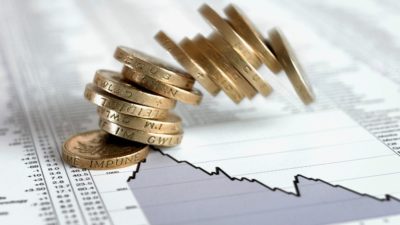Every investor sets out to make money in the market, but not everyone does. Why is this? While lack of preparation and research are definitely important contributing factors to poor returns, irrational behaviour also plays a critical role.
They tend to have overly rosy expectations
The human brain is naturally predisposed to optimism. In the grand scheme of things, this is good. When it comes to investing, however, it can lead us into some pretty thorny areas. For instance, it can cause confirmation bias – the tendency people have to overweight information that supports their thesis and to underweight data that disputes it.
No one likes losses, but aversion to them can often make a bad situation worse if you wilfully ignore the warning signs.
Furthermore, ‘worst-case scenarios’ are often not bad enough. Many investors will look to the previous crisis or bear market to set their expectations for how bad things can get. In the case of an individual stock, they might look at an historical low and think that is how low it can go. But this obscures the fact that before that all-time low was made, there was some other low that investors were using as their bear case.
They overestimate their ability to predict the future
It is conventionally thought that future events can be forecast with reference to what has happened in the past. For instance, if a stock has traded in a 1,000p to 3,000p range over the last two years, you may think that it looks cheap at 1,200p. In other words, you may expect the price to ‘revert to the mean’. But just because a pattern has developed over the last few years does not mean that it will continue.
In truth, the past is a poor guide to the future, because it represents a sample size of one. Only the things that happened, happened.
What can you do in practice to avoid falling into the trap of backward-looking thinking? For one, don’t rely solely on historical averages and ratios in determining whether a stock is undervalued. If it carries a low price-to-earnings ratio, ask yourself: why is that? Is this part of a normal cycle, or has something fundamentally changed about the company that justifies a lower valuation – for instance, the emergence of a powerful competitor, or a slowdown in sales?
What should we do?
So, if we can’t predict the future, what can we do? What, you may ask, is the point of all this? While we cannot know what will happen tomorrow or next year, we can increase our probability to either profit from unexpected good news, or to protect ourselves from unexpected setbacks.
You can do this by making sure that the stocks that you buy are cheaply valued or have good growth prospects (ideally, both). Crucially, this does not require you to know exactly what will happen in the future. But it does put you in the best possible position to succeed when the market moves.







